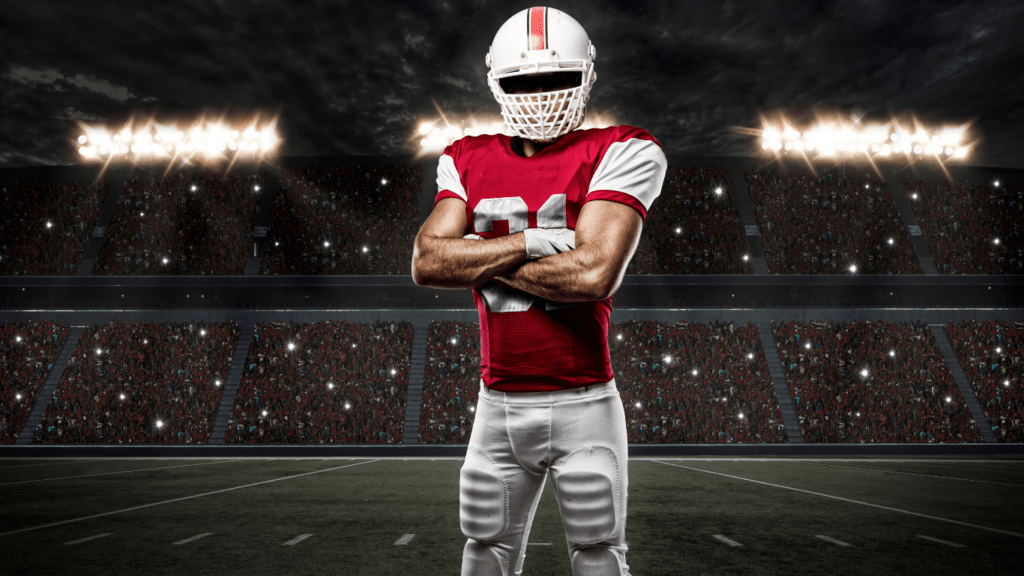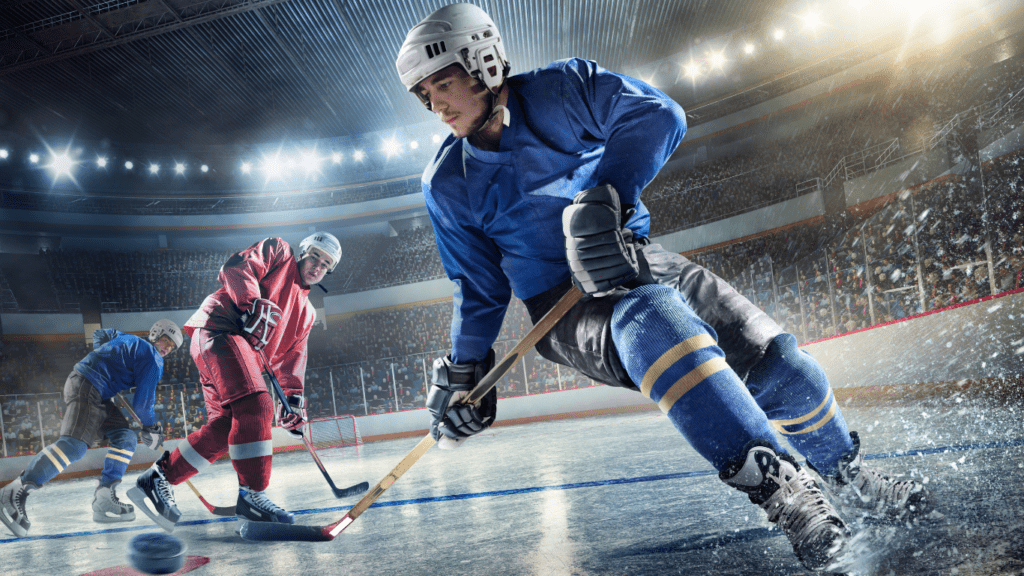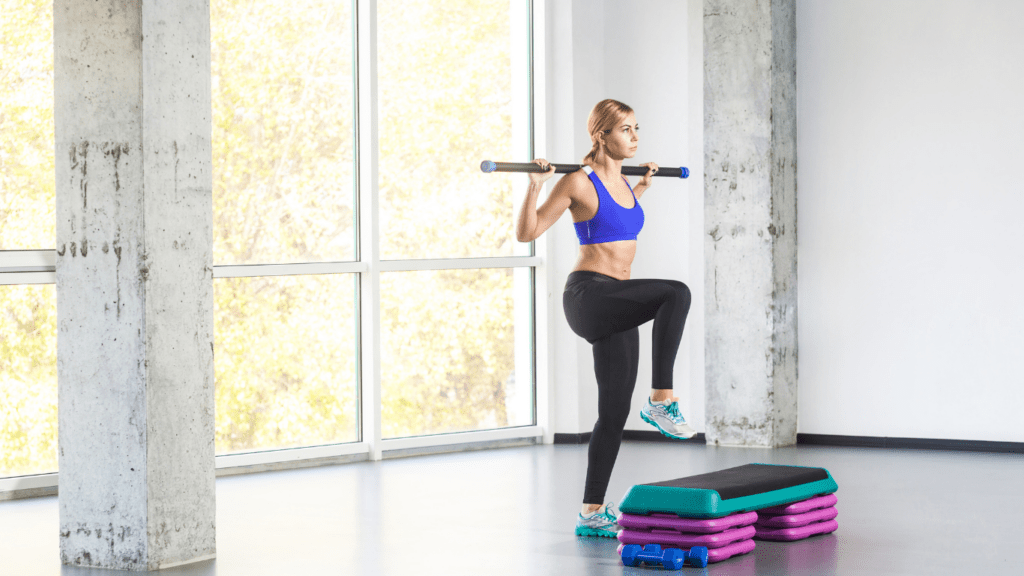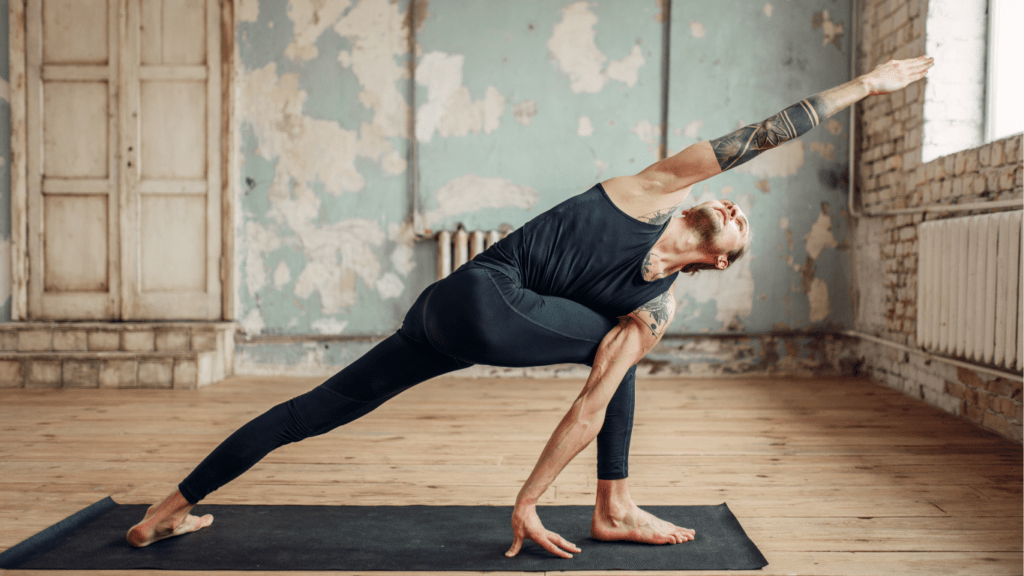As someone who’s passionate about sports, I know how thrilling the game can be—but safety always comes first. Whether it’s a high-intensity match or a casual practice session, the right protective gear isn’t just a recommendation, it’s a necessity. Athletes push their limits daily, and having the best equipment can make all the difference in preventing injuries and enhancing performance.
From helmets that absorb impact to braces that provide crucial support, today’s protective gear is designed with cutting-edge technology to keep athletes safe without holding them back. Choosing the right gear isn’t just about comfort; it’s about ensuring you can play hard and recover quickly. Let’s dive into what makes certain equipment stand out and how it can safeguard you or your team in every game.
Importance Of Protective Gear For Athletes
Protective gear minimizes the risk of injuries in sports. Common injuries, like:
- sprains
- concussions
- fractures
often result from inadequate equipment. Properly designed gear, such as helmets made with shock-absorbing layers, significantly reduces impact forces during collisions.
Athletes prioritize preventive measures through the use of gear tailored to their sport. For example, shin guards protect soccer players from leg injuries, while mouthguards shield teeth in contact sports like boxing and hockey. Selecting appropriate gear ensures effective safeguards for sport-specific risks.
Comfort and functionality directly affect an athlete’s performance. Well-fitted equipment provides necessary support without limiting movement. Knee and ankle braces, for instance, help stabilize joints, enabling athletes to perform optimally while reducing fatigue and strain.
Advanced materials and designs improve durability and safety. Lightweight yet resilient fabrics, such as carbon fiber and high-density foam, effectively absorb impact and resist wear. These innovations extend the lifespan of gear, ensuring reliable protection during rigorous athletic activity.
Key Factors To Consider When Choosing Protective Equipment
Selecting protective gear involves evaluating safety, comfort, and durability to match an athlete’s specific requirements. Each factor plays a vital role in ensuring effective performance and injury prevention.
Safety Standards And Certifications
I prioritize gear that meets industry safety certifications like ASTM or NOCSAE. Compliance with these standards guarantees the equipment has undergone rigorous testing. For instance, helmets for football or hockey conforming to these certifications provide enhanced protection against head injuries. Verifying certifications ensures the gear is suitable for competitive or recreational use.
Fit And Comfort
Well-fitted equipment reduces discomfort and improves functionality. I ensure gear, like knee pads or gloves, fits snugly without restricting movement. Poorly fitting items can cause irritation or fail to provide adequate support. For example, a properly sized mouthguard enhances both protection and breathability during sports activities.
Durability And Materials
Durable materials extend the lifespan of protective gear while maintaining reliable safety. I look for items made with impact-resistant plastics, reinforced stitching, or multi-layer designs, such as in shoulder pads or shin guards. Advanced materials like carbon fiber or EVA foam offer lightweight durability, ensuring optimal performance under tough conditions.
Top Protective Gear For Different Sports

Protective gear varies across sports, addressing specific risks athletes face during activities. I’ll outline essential equipment categories designed to provide effective safety and performance advantages.
Helmets And Head Protection
- Helmets protect against impacts in sports like football, hockey, and cycling.
- They incorporate materials like polycarbonate shells and EPS foam to dissipate force during collisions.
- I recommend helmets meeting certifications such as NOCSAE for football or CPSC for cycling to ensure safety standards.
- Lightweight designs with ventilation systems improve comfort and wearability over extended periods.
Pads And Braces For Joints
Pads and braces shield elbows, knees, and wrists in sports requiring repetitive movements or physical contact, such as basketball, skateboarding, and volleyball. High-density foam pads absorb shock, while neoprene braces offer compression and stability for injury prevention or recovery. Articulated designs enhance joint mobility, maintaining support without limiting flexibility.
Mouthguards And Dental Protection
Mouthguards are vital for protecting teeth and jaws in contact sports like boxing, rugby, and basketball. Boil-and-bite varieties provide customizable fits, while high-grade thermoplastic materials ensure durability. Double-layered options enhance shock absorption, reducing risks of dental and oral injuries during high-impact activities.
Chest Protectors And Body Armor
Chest protectors safeguard ribs and vital organs in sports such as baseball, motocross, and lacrosse. These use lightweight, impact-resistant materials like EVA foam and hard plastic to absorb and deflect energy from hard hits or collisions. I look for adjustable straps and breathable linings to improve fit and airflow.
Athletic Footwear And Ankle Support
Proper footwear prevents injuries and enhances performance in running, basketball, and soccer. Sturdy outsoles with advanced traction systems minimize slips, while rigid ankle collars provide additional support. Reinforced midsoles using materials like EVA foam offer cushioning, reducing strain and impact during high-intensity activities.
Latest Innovations In Athletic Protective Gear
Advanced technologies and sustainable materials are shaping the future of athletic protective gear. These innovations aim to enhance safety, improve performance, and reduce environmental impact.
Smart Technology Integration
Protective gear now incorporates smart sensors to monitor performance and detect potential injuries. Helmets with impact sensors measure G-forces during collisions, offering real-time concussion risk assessments. Compression garments with integrated biometric trackers monitor heart rate, blood flow, and muscle activity. These devices help athletes optimize training and recover more efficiently. Smart insoles, fitted with pressure sensors, analyze foot strike patterns to prevent overuse injuries and improve posture.
Eco-Friendly Materials
Athletic gear manufacturers are increasingly adopting eco-conscious materials. Biodegradable padding and packaging reduce landfill waste, while recycled plastics are used to craft items like helmets and shin guards. Plant-based fibers such as bamboo and hemp create breathable, moisture-wicking fabrics for compression wear. Non-toxic adhesives and water-based dyes ensure safer production processes. These materials maintain the durability and functionality athletes demand while supporting environmental sustainability.
Tips For Maintaining And Caring For Protective Equipment
Proper care keeps protective gear functional and prolongs its lifespan. Neglecting maintenance may reduce its effectiveness and compromise athlete safety.
1. Regular Inspection
Examine all equipment for damage before and after use. Check for cracks in helmets, worn-out straps on pads, or loose screws in braces. Early detection prevents further deterioration and ensures reliable protection.
2. Cleaning After Use
Clean gear promptly to remove sweat, dirt, and bacteria. Use mild soap and warm water for washable items like mouthguards and padded gloves. For non-washable equipment, wipe surfaces with disinfectant wipes or a cloth dampened with a cleaning solution to maintain hygiene.
3. Proper Drying
Dry equipment completely to prevent mold and odor buildup. Air-dry in a ventilated area, avoiding direct sunlight that may degrade materials like plastic or foam. For items like shoes or gloves, use inserts or fans to speed up drying.
4. Storage Conditions
Store gear in a cool, dry place away from direct sunlight. Use ventilated bags for items like helmets and shoes to prevent moisture accumulation. Avoid stacking heavy objects on top of gear to retain its shape and structure.
5. Replacement Timeline
Replace gear showing signs of irreparable damage, like cracked helmets or non-retractable padding. Follow manufacturers’ guidelines for replacement intervals, as materials like foam lose effectiveness over time, regardless of visible damage.
6. Adherence to Manufacturer Instructions
Follow care instructions provided by manufacturers. These guidelines often include cleaning methods, maintenance tips, and proper usage to maximize the equipment’s efficiency and safety.



 Founder & Head Performance Strategist
Founder & Head Performance Strategist
